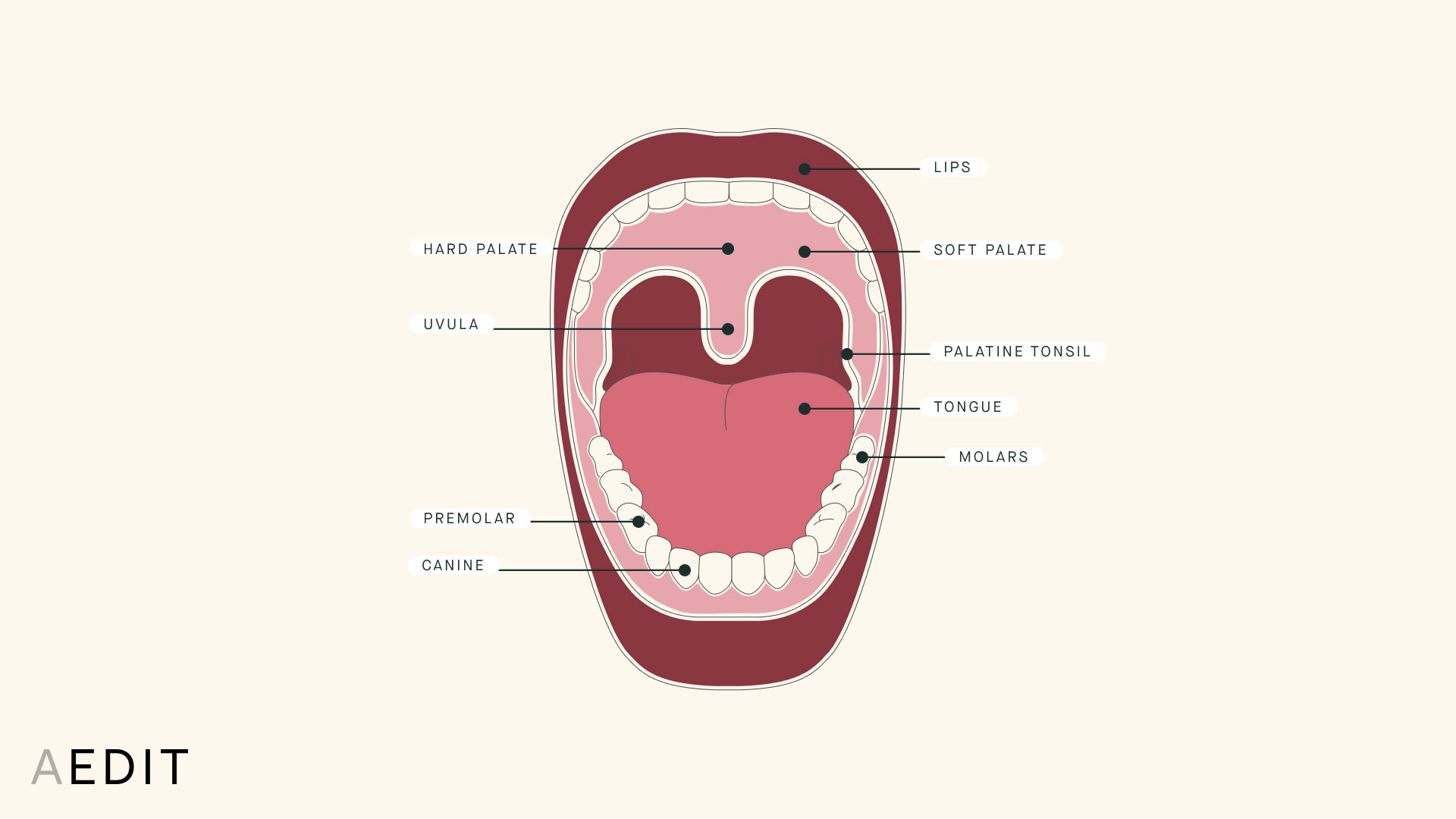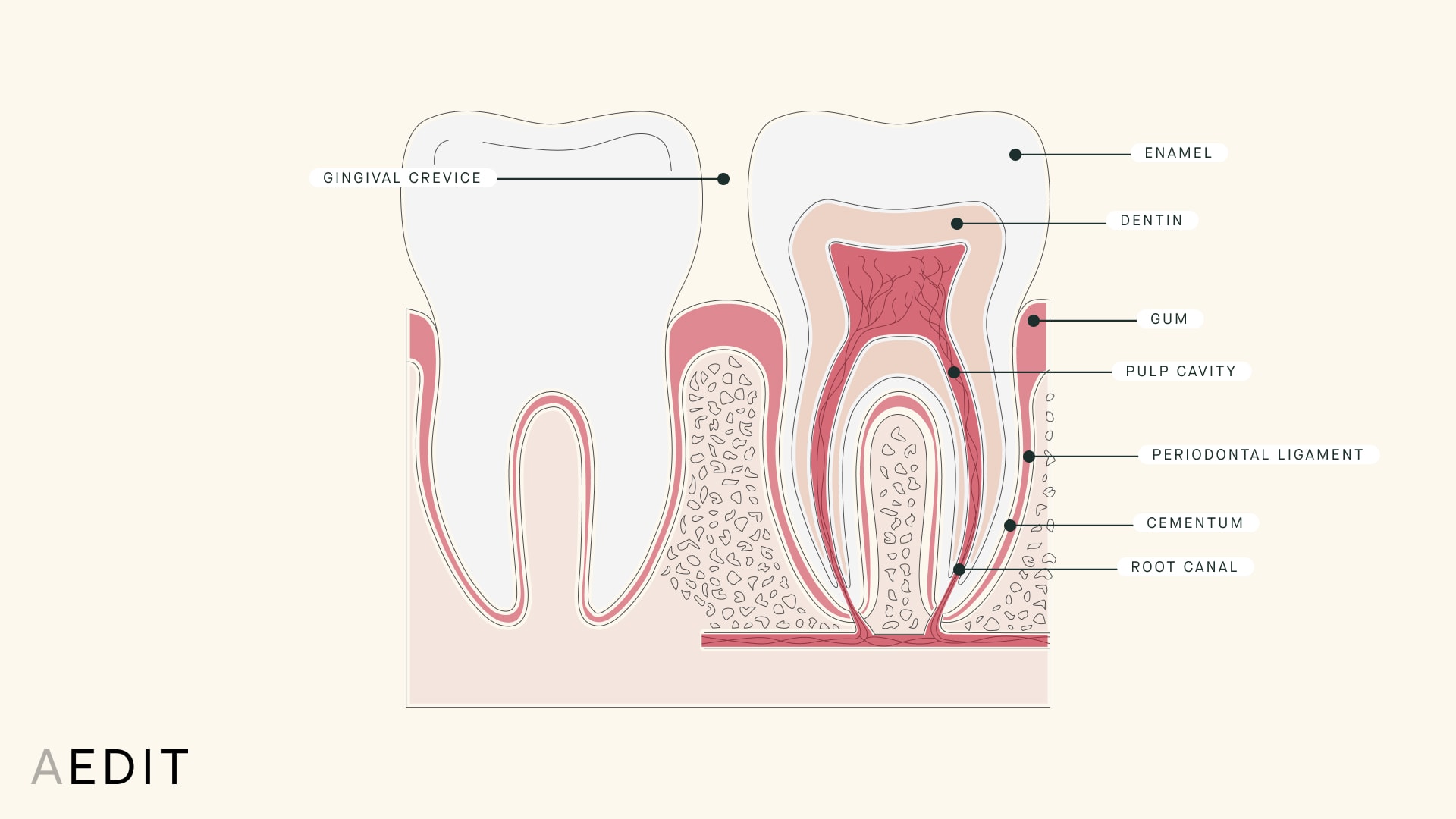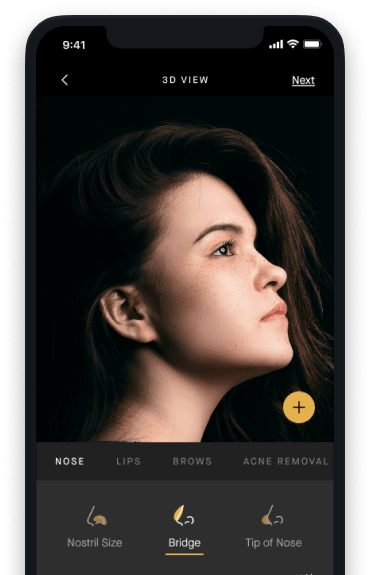
The Skinny
Average Recovery
0 days
Permanence
Permanent
Application
Temporary Wearable Device
Surgical
No
Cost
$5000 - $8000
The Specifics
What are Damon™ Braces?
Damon™ Braces are placed and utilized by a board certified orthodontist to correct crooked teeth, crowded teeth, poorly oriented teeth, and unevenly spaced teeth. While traditional metal braces brackets and lingual braces on the back of teeth require numerous adjustments and accessories, Damon™ Braces and the Damon™ System require less visits, are self-ligating (automatically adjust), and are more comfortable.
The Anatomy of the Oral Cavity

Damon™ Braces use clear brackets (that are invisible) and a lightweight, “memory wire” that uses a slide mechanism to reduce pressure and friction on the brackets. Damon™ Braces also typically require less treatment time than traditional braces and do not use expanders or elastic ties. They are also reported to have higher compliance than clear aligners like Invisalign.
What cosmetic concerns do Damon™ Braces treat?
Misaligned Teeth & Bite: Damon™ Braces utilize a progressive adjustment system to slowly relocate teeth into the desired appearance with ideal orientation and spacing.
Who is the ideal candidate for Damon™ Braces?
The ideal candidate for Damon™ Braces has good oral health and is looking to improve an open bite, crossbite, overbite, overjet, gummy smile, overcrowding, and poor spacing between teeth. Damon Braces are not recommended for those with severe cases of gum recession, or those with areas of bone loss or weakened areas in the jaw bone.
What is the average recovery associated with Damon™ Braces?
There is no recovery time associated with the use of Damon™ Braces. Patients may experience temporary discomfort and sensitivity following the application of the braces, and after adjustments, however, these side effects are usually quickly relieved with wax and over-the-counter medications.
The Anatomy of the Tooth

What are the potential side effects of Damon™ Braces?
Possible side effects of Damon™ Braces use include irritation within the oral cavity, jaw pain, tooth pain, and headache.
What can someone expect from the results of Damon™ Braces?
The results of Damon™ Braces will be developed over months to a year depending on the individual. After the final aesthetic is achieved, and the braces are removed, patients will be given a retainer to consistently wear which will limit tooth movement and shifting.What is the average cost of Damon™ Braces?
Damon™ Braces can cost anywhere from $5,000 to $8,000. The actual cost of Damon™ Braces is dependent upon location, healthcare provider, and length and involvement of the cosmetic procedure.
Pros
- Less Visits
- Automatically Adjust
- More Comfortable
- Do Not Break
- Patient Compliance
Cons
- More Expensive
- Unsightly
- Limiting
- Food Restrictions
Invasiveness Score
Invasiveness is graded based on factors such as anesthesia practices, incisions, and recovery notes common to this procedure.
What to Expect
Damon braces are a passive, self-ligating system of orthodontic braces that require less need for readjustment from an orthodontist. Here is a quick guide for what to expect before, during, and after Damon braces.
The Takeaway
Damon™ Braces are an effective and uncomplicated teeth alignment and straightening self ligating braces solution for individuals desiring a beautiful smile with faster treatment, fewer appointments, and less discomfort.







